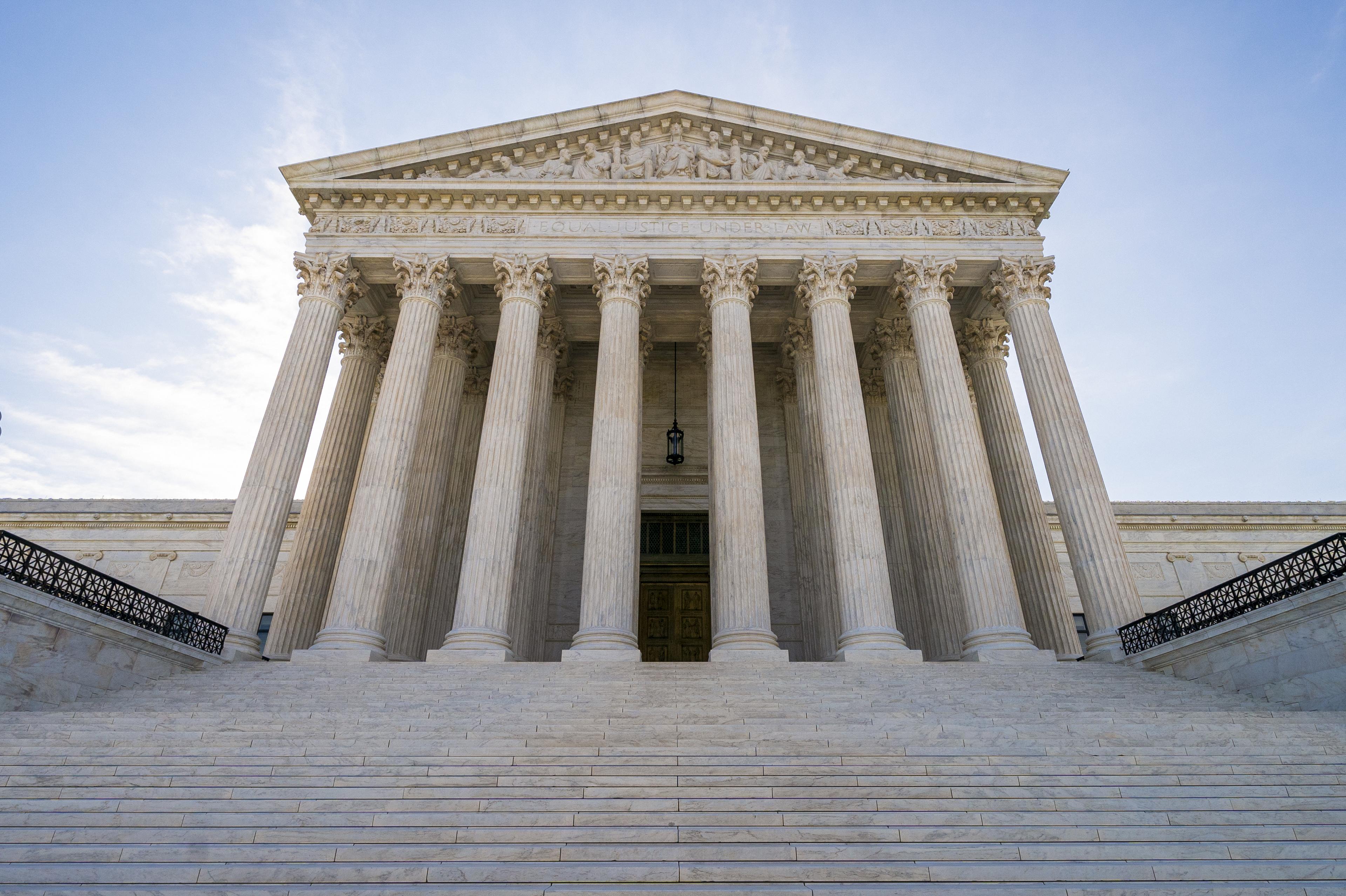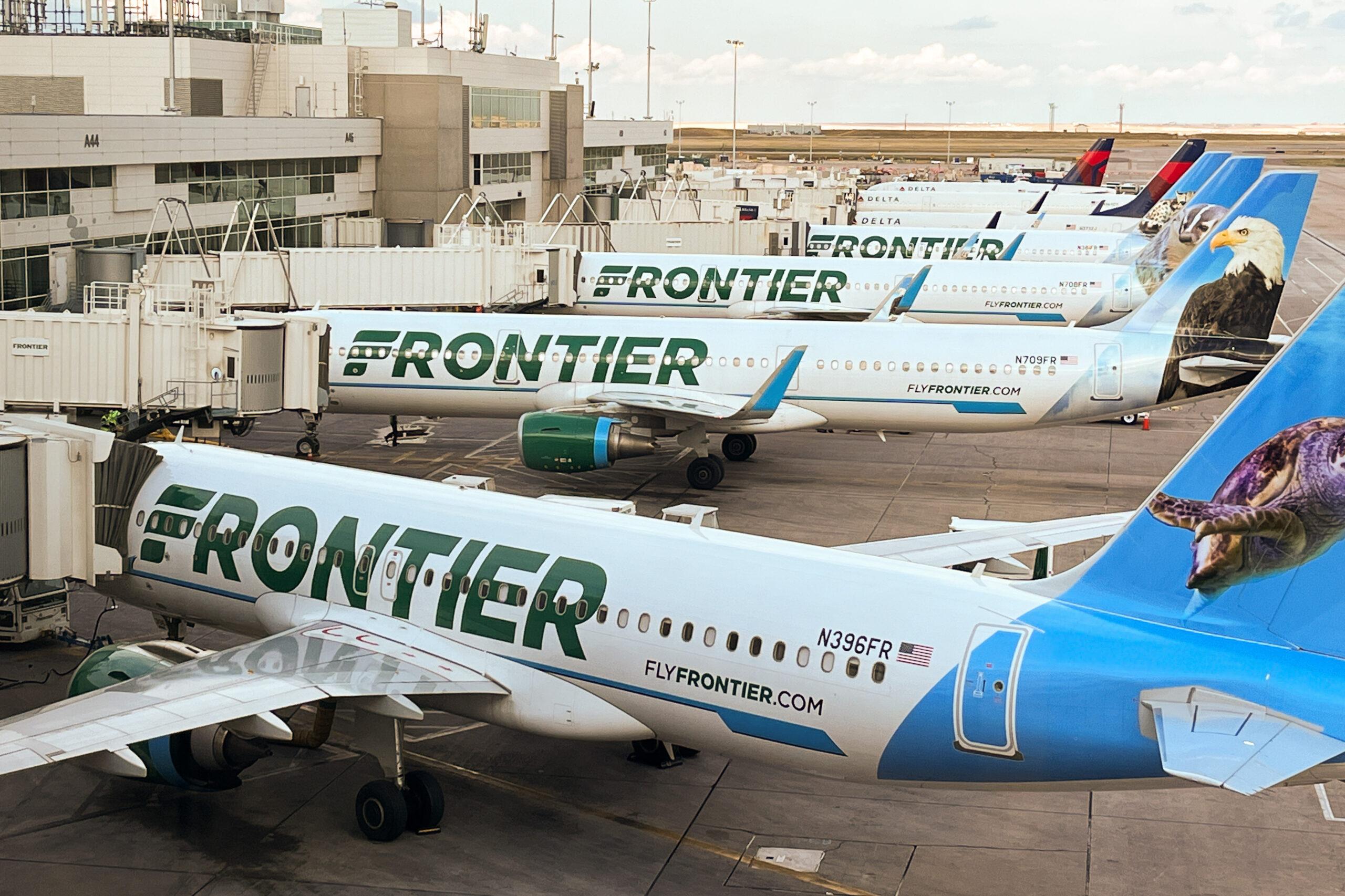
Wynn Alan Bruce, a 50-year-old photographer, died after setting himself on fire in Washington, D.C.
Friends and family of Wynn Alan Bruce, a 50-year-old Colorado photographer who died after setting himself on fire outside the U.S. Supreme Court on Friday, remember him as a committed environmental activist and a loving member of the Boulder community.
The Metropolitan Police Department of Washington, D.C. confirmed to multiple media outlets that Bruce died Saturday after he was taken by helicopter to a nearby hospital. The apparent self-immolation occurred on Earth Day, which has driven speculation about whether the act was meant to bring attention to the climate crisis.
Douglas Bruce, Wynn Bruce's father, did not know what inspired the action but said his son’s lifelong passion for the environment first took root during trips to a family cabin on the shores of Lake Superior.
"His commitment and concern about the environment and climate issues are really heartfelt and central to who he is. There's no question about that in my mind," Bruce said.
Douglas Bruce said his son found a strong community in Boulder through dance, photography and Buddhism.
If you are in crisis or are looking for mental health services for you or someone you know, call the Colorado Crisis Services hotline. Call 1-844-493-8255 or text “TALK” to 38255 to speak with a trained counselor or professional. Counselors are also available at walk-in locations or online to chat between 4 p.m. and 12 a.m.
Members of Boulder's Buddhist community have given contradictory public statements about Bruce’s death. In a Twitter post on Saturday, Kritee Kanko, a climate scientist with the Environmental Defense Fund and a Zen Buddhist priest, identified herself as a friend and called Bruce’s action "a fearless act of compassion to bring attention to the climate crisis." Kanko also said Bruce had planned the action for at least a year.
Kanko on Sunday declined a request for an interview with CPR News citing her personal grief but told the New York Times the self-immolation was a planned act of protest.
Kanko later said she wasn't certain of Bruce’s intentions. On Monday, she released a statement with other teachers and leaders of the Rocky Mountain Ecodharma Retreat Center, where Bruce attended meditations and other retreats. The group said no Buddhist teachers in the Boulder area knew about his plans beforehand.
"We have never talked about self-immolation, and we do not think self-immolation is a climate action," the statement reads. "Nevertheless, given the dire state of the planet and worsening climate crisis, we understand why someone might do that."
Self-immolation has long been used as a form of political protest. Many activists lit themselves on fire in opposition to the Vietnam War in the 1960s and 1970s. In more recent years, Buddhist monks and others have taken similar action to bring attention to the Chinese occupation of Tibet. In 2018, a prominent civil rights lawyer and environmental activist cited climate change in a letter to the media before burning himself in Brooklyn's Prospect Park.
There is some evidence Bruce may have telegraphed his intentions to follow in their footsteps on his Facebook page. In a cryptic comment to an October 2020 post on "irreversible climate change impacts," he included a fire emoji and the date of his death. Edit logs show Bruce added the date — 4/22/2022 — earlier this month.
Among friends and acquaintances in Boulder, Bruce had a reputation as a talented photographer and compassionate activist. April Lyons, a psychotherapist who attended therapeutic dance classes with Bruce, recalled a moment after his cat was killed by a car. She said it left Bruce devastated.
"I could just feel his compassion. His love really stuck out to me," Lyons said.
Lyons said she's frustrated by comments on social media suggesting Bruce took his own life due to mental illness. She hired Bruce to take photographs for her business and said he was a professional who had a talent for bringing emotion out of his subjects.
Boulder sculptor Brian Grossman wept on the phone, recalling the time he met Bruce more than a decade ago. After multiple sclerosis restricted his mobility, Grossman started using an electric tricycle to help him get around. Bruce, who worked at a local Vitamin Cottage at the time, helped him unload the tricycle from the car and assisted him with his grocery shopping.
Grossman said that those moments turned into a steady friendship. Bruce went on to make a short documentary about how Grossman honed his craft as a sculptor despite his disease.
In chance encounters on bike paths and on planned conversations over tea, Grossman said he came to appreciate Bruce as "a great guy" who shared his disgust with the indifference of politicians and other people in power. The pair agreed corruption created a government with little compassion for people or the planet, Grossman said.
“I’ve been impressed with his genuine sincerity,” he said. “He always wanted to shake my hand and just say, ‘You’re doing a great job.’”








